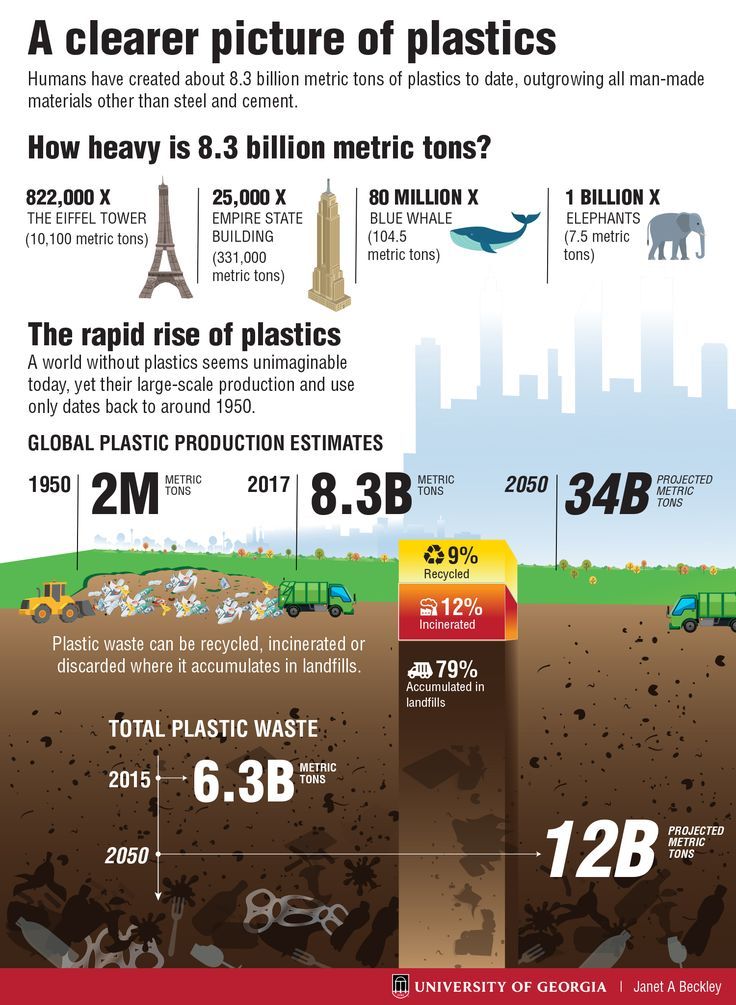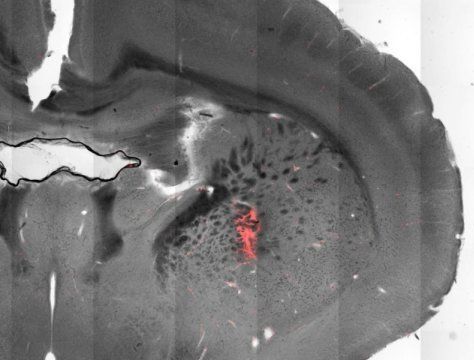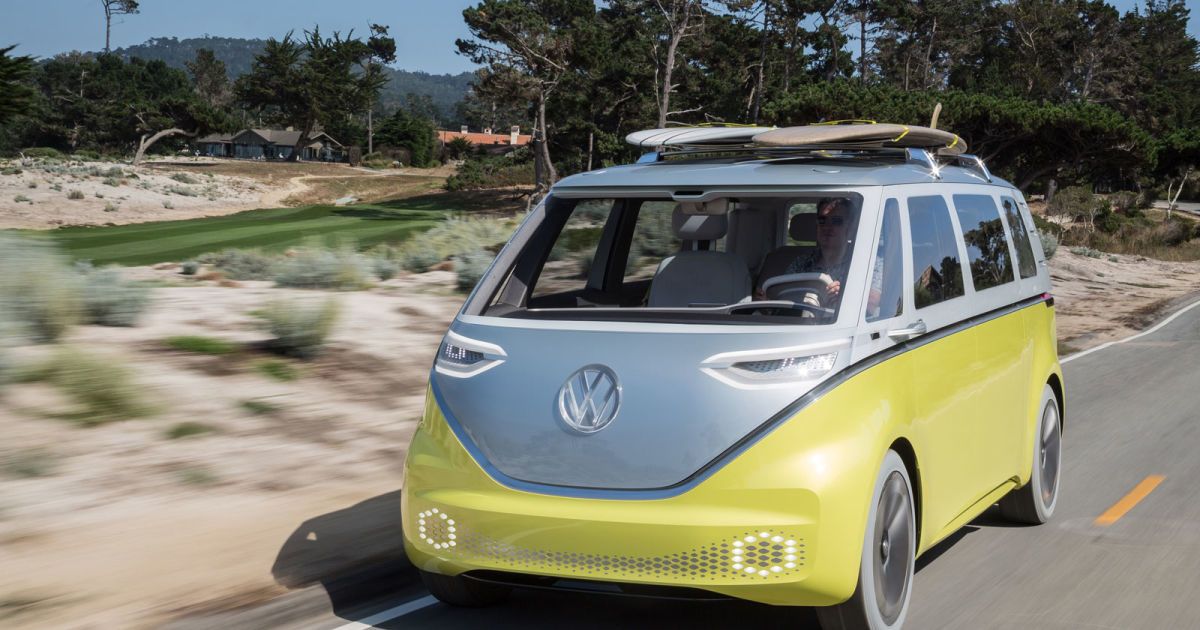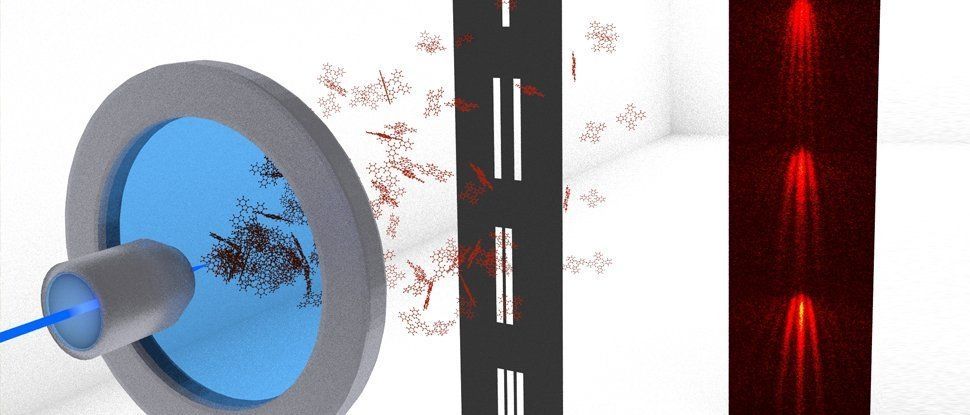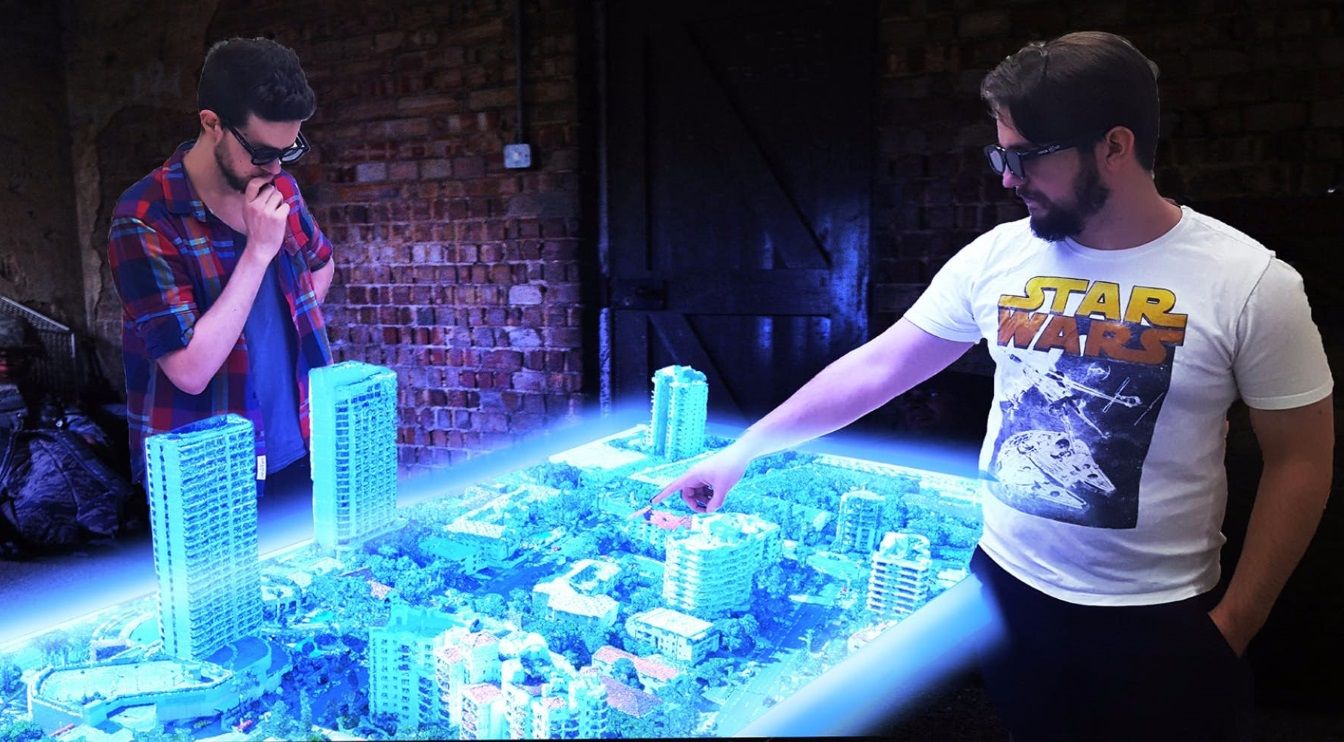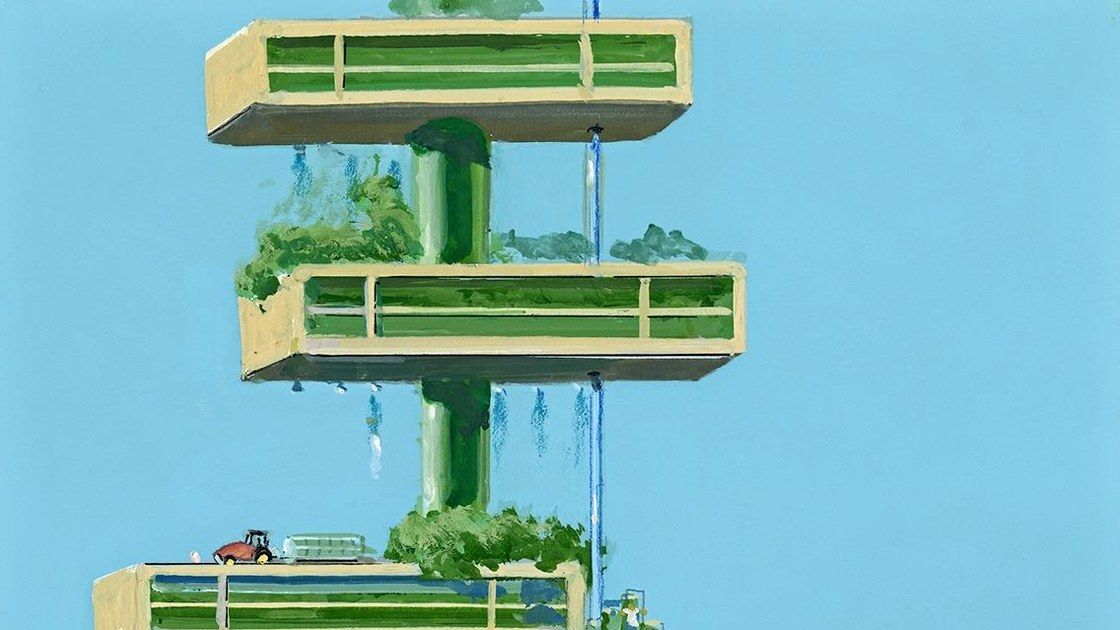Page 3385
Aug 20, 2017
Scientists use magnetic fields to remotely stimulate brain — and control body movements
Posted by Shailesh Prasad in categories: biotech/medical, neuroscience
Scientists have used magnetism to activate tiny groups of cells in the brain, inducing bodily movements that include running, rotating and losing control of the extremities — an achievement that could lead to advances in studying and treating neurological disease.
Aug 20, 2017
VW’s electric microbus will become a reality in 2022
Posted by Shailesh Prasad in categories: economics, robotics/AI, transportation
When Volkswagen unveiled the ID Buzz, the assumption was that it would meet the same fate as many concept cars: it’d look good at an auto show, and promptly disappear when cold economic realities set in. Thankfully, the Buzz won’t suffer that fate. VW has announced that it will put the Microbus-inspired EV into production, with a launch expected by 2022. We wouldn’t expect everything about the Buzz to remain intact (those large wheels are likely the first things to go), but the ’60s-inspired styling, semi-autonomous driving and all-wheel drive option will carry over. VW is even teasing a cargo variant, so couriers may have a clean (and slightly kitschy) alternative to the usual vans.
The EV is primarily targeted at China, Europe and North America.
The melding of a nostalgic vibe with electric transportation is the primary allure, of course, but VW notes that going electric should make it very practical. As it doesn’t need a giant gas engine, there’s a tremendous amount of space. You’d get as much passenger room as a big SUV in the size of a compact commercial van, VW says. It’s also practical for the automaker. If prior leaks are accurate, VW is producing the Buzz precisely because it’s based on the same platform as other ID cars, making it far less expensive to develop than the previous Microbus concept (which had a one-off platform).
Continue reading “VW’s electric microbus will become a reality in 2022” »
Aug 20, 2017
This man built a water filter unlike any you have seen before
Posted by Shailesh Prasad in category: futurism
Aug 20, 2017
Turn your bike into a jetski in 5 seconds!
Posted by Shailesh Prasad in category: transportation
Aug 20, 2017
Scientists Are Finally Set to Mass-Produce The Active Compound Found in Magic Mushrooms
Posted by Shailesh Prasad in categories: chemistry, neuroscience
For nearly 60 years scientists have known the chemical responsible for magic mushrooms’ psychedelic reputation is a compound called psilocybin. What we haven’t known is the biochemical pathway behind this famous hallucinogen.
Feel free to now tick that one off your chemistry bucket-list. German researchers have identified four key enzymes involved in making the chemical, potentially setting the stage for mass production of a promising pharmaceutical.
Psilocybin was first identified by the Swiss scientist Albert Hofmann way back in 1959, but has only recently re-entered the spotlight as a safe way to treat conditions related to anxiety, depression, and addiction.
Aug 20, 2017
Quantum Weirdness Has Been Tested Beyond The Particle Scale For The First Time
Posted by Shailesh Prasad in categories: particle physics, quantum physics
A small tweak on a definitive experiment in quantum physics has allowed scientists to observe for the first time exactly how molecules behave as waves.
The results are solidly in line with what theory covering complex quantum phenomena predicts, so don’t expect any radical new physics here. But as with most quantum experiments, the implications of seeing such a counter-intuitive theory in action makes our head spin.
Researchers from the Universities of Vienna and Tel Aviv have recently collaborated on turning a two-decade old idea into a reality, replacing tiny particles with large organic molecules in a variation on Clinton Davisson and Lester Germer’s classic 1927 double slit experiment in order to test the limits of a law governing their behaviour.
Continue reading “Quantum Weirdness Has Been Tested Beyond The Particle Scale For The First Time” »
Aug 20, 2017
The First True Multi-User Holographic Table Has Been Built
Posted by Shailesh Prasad in category: innovation
An Australian company has created a prototype holographic projector that can support multiple users and angles of presentation simultaneously. If it works, it could be a major breakthrough.
Aug 20, 2017
A Six-Legged Insectile Robot Is Just As Creepy As It Sounds
Posted by Shailesh Prasad in category: robotics/AI
It’s not designed to remind you of an insect, though. It’s meant to bring robot hacking to the masses.
Aug 20, 2017
The Vertical Farm
Posted by Shailesh Prasad in categories: education, food, sustainability
The term “vertical farming” has not been around long. It refers to a method of growing crops, usually without soil or natural light, in beds stacked vertically inside a controlled-environment building. The credit for coining the term seems to belong to Dickson D. Despommier, Ph.D., a professor (now emeritus) of parasitology and environmental science at Columbia University Medical School and the author of “The Vertical Farm: Feeding the World in the 21st Century.”
Hearing that Despommier would be addressing an audience of high-school science teachers at Columbia on a recent morning, I arranged to sit in. During the question period, one of the teachers asked a basic question that had also been puzzling me: What are the plants in a soil-free farm made of? Aren’t plants mostly the soil that they grew in? Despommier explained that plants consist of water, mineral nutrients like potassium and magnesium taken from the soil (or, in the case of a vertical farm, from the nutrients added to the water their roots are sprayed with), and carbon, an element plants get from the CO2 in the air and then convert by photosynthesis into sucrose, which feeds the plant, and cellulose, which provides its structure.
In other words, plants create themselves partly out of thin air. Salad greens are about ninety per cent water. About half of the remaining ten per cent is carbon. If AeroFarms’ vertical farm grows a thousand tons of greens a year, about fifty tons of that will be carbon taken from the air.
